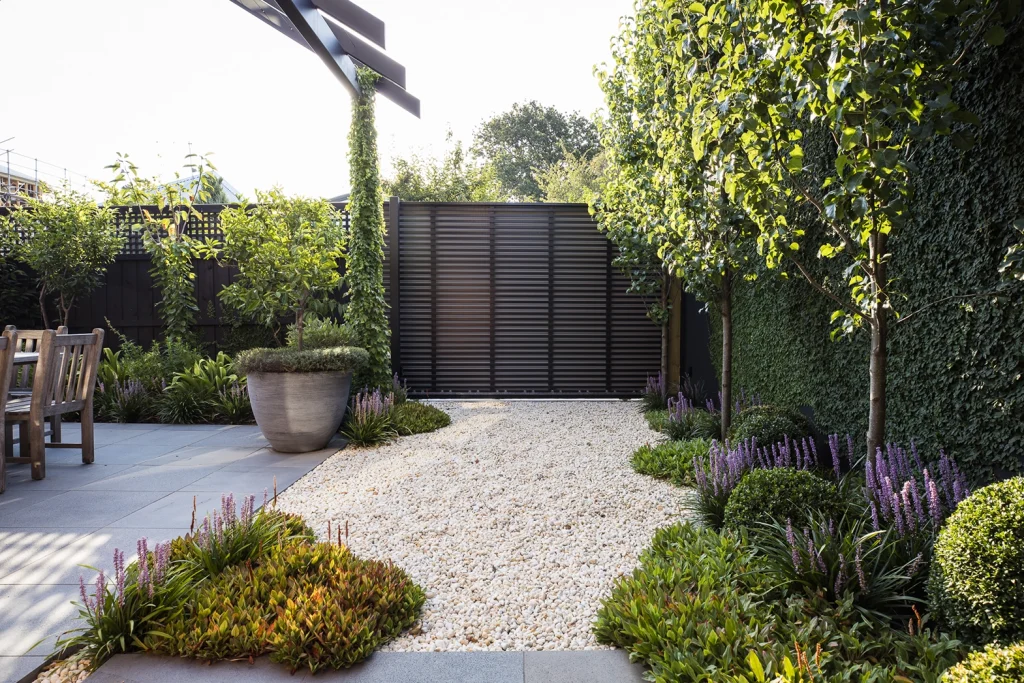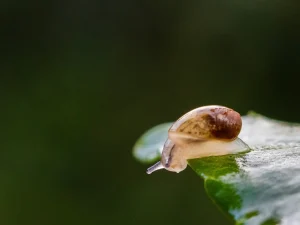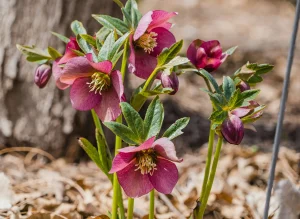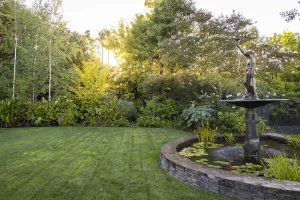Mulching is one of the simplest yet most powerful ways to boost the health and productivity of your garden. Whether you’re tending to flowers, ornamental areas, or a backyard veggie patch, mulch acts like a protective blanket over your soil, helping your plants thrive while reducing the time and effort you spend maintaining them.
But what exactly is mulch, and why is it so important?

Image credit: Maddy Baker – Unsplash
What is mulch?
Mulch is any material spread over the surface of soil to cover and protect it. There are many types of mulch, both organic and inorganic, and each serves a specific purpose. Some mulches are natural and break down over time, enriching the soil as they do. Others are more permanent and are chosen for durability or aesthetic appeal.
Why mulching matters
Water conservation: Mulch reduces moisture loss from the soil, keeping it cool and damp. This means you can significantly reduce watering, especially in dry or drought-prone climates.
Weed control: By blocking sunlight, mulch suppresses weed germination and growth, cutting down on competition for water, nutrients, and light.
Soil health and structure: Mulch improves soil structure by enhancing aeration and drainage. Organic mulches, in particular, break down over time and contribute to better soil texture.
Temperature regulation: Mulch acts as an insulator, keeping soil cooler in summer and warmer in winter, creating a more stable environment for plant roots.
Nutrient addition: As organic mulches decompose, they nourish your soil with valuable nutrients, supporting the long-term health of your plants.
Aesthetic appeal: Beyond the practical benefits, mulch can instantly give your garden a neat, polished look, especially when used around garden beds and pathways.

Types of mulch
Mulch comes in three main types: organic, inorganic, and living. Each has its own benefits depending on how you use it.
Organic mulch is made from natural materials, such as bark, straw, or compost. It breaks down over time, which is great for improving your soil. Bark or wood chips last a long time and are great around trees or along paths. Straw-based mulches, such as pea straw, lucerne, or sugar cane, are ideal for vegetable gardens because they break down quickly and nourish the soil. Compost is extremely nutritious but needs to be replenished more frequently.

Image credit: Annie Spratt – Unsplash
Inorganic mulch includes materials such as gravel, stones, or plastic sheeting. These don’t break down, making them low-maintenance and suitable for paths, ornamental gardens, or fire-prone areas. Just be careful not to lay them on too thick, or they might block water from getting through.

Living mulch is made up of groundcover plants that help keep the soil cool and moist. They can look lovely and don’t require much upkeep, but they won’t add nutrients to the soil and may compete with your other plants for water and nutrients.

Final thoughts
Mulching is a low-effort, high-reward habit that every gardener should embrace. Whether you’re after healthier plants, less weeding, or a more polished garden look, mulch delivers. Plus, with so many types available, you’re sure to find a mulch that suits your garden style, goals, and local conditions.
Ready to give your garden the mulch makeover it deserves? Your plants and your future self will thank you.


